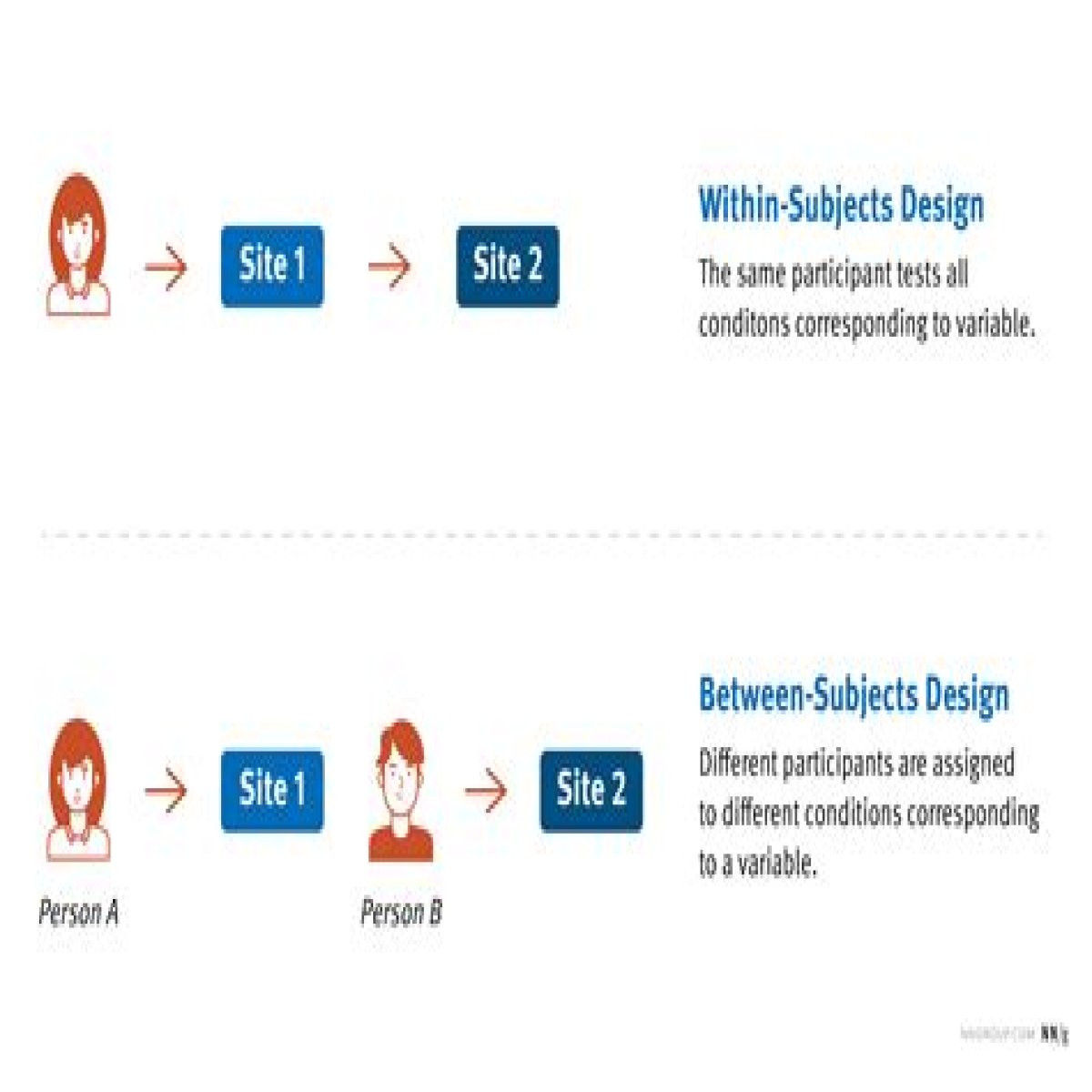There are two ways to look at the data about these groups. Between-group differences show how two or more groups are different, whereas within-group differences show differences among subjects who are in the same group. Within-group differences can come to light when looking at a between-group research study.Click to see full answer. Considering this, what does between groups and within groups mean in Anova?Formula for within-group variation. Within-group variation (sometimes called error group or error variance) is a term used in ANOVA tests. It refers to variations caused by differences within individual groups (or levels). In other words, not all the values within each group (e.g. means) are the same. what are groups in Anova? The one-way analysis of variance (ANOVA) is used to determine whether there are any statistically significant differences between the means of two or more independent (unrelated) groups (although you tend to only see it used when there are a minimum of three, rather than two groups). Likewise, what does between groups mean? In the design of experiments, a between-group design is an experiment that has two or more groups of subjects each being tested by a different testing factor simultaneously.How statistics can be used to identify differences between groups?The ANOVA (analysis of variance) is a statistical test which makes a single, overall decision as to whether a significant difference is present among three or more sample means (Levin 484). An ANOVA is similar to a t-test. The ANOVA can be used to test between-groups and within-groups differences.
Home » What is the difference between a between groups and a within groups Anova?
What is the difference between a between groups and a within groups Anova?

Related Posts
- Willie Moore Jr. Married to Wife: Patricia Moore since 2005
- What is the difference between a between groups and a within groups Anova?
- Can Sargassum seaweed be eaten?
- Rupert Young family: Wife, children, parents, siblings
- ‘That Man’s Life Was Not in Danger’: Louisiana Man Accused of Shooting 14-Year-Old Neighbor In the Back of the Head While She Played a Late-Night Game of Hide-and-Seek on His Property
- Who Is Leonna Mayor Partner? ITV Racing Journalist Partner and Relationship
- Patricia Neal - Net Worth, Age, Height, Birthday, Bio, Wiki!
- Michael Franti Net Worth, Age, Height, Bio, Birthday, Wiki!
- Buddy Baker Net Worth, Age, Height, Bio, Birthday, Wiki!
- Who is Sasha Banks husband? All you need to know